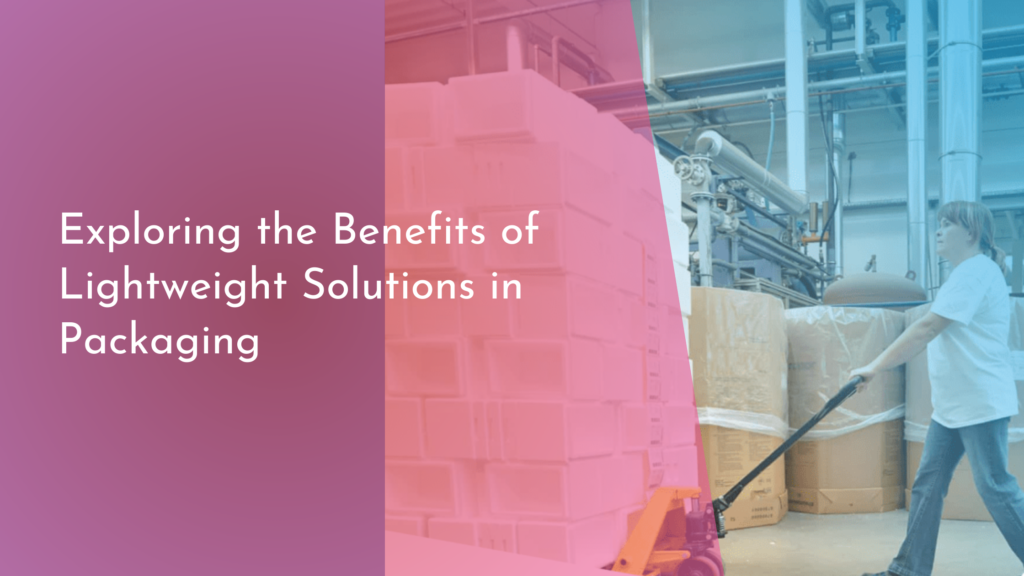Efficient Water Treatment Technologies for Harvested Rainwater
Water scarcity is a pressing global challenge, making the efficient usage of every drop of water critical. Harvested rainwater is an underutilized resource that can significantly alleviate water shortages, provided it is treated properly. With innovative treatment technologies, harvested rainwater can be transformed into a viable source for domestic, agricultural, and industrial use. This article explores the importance of treating rainwater effectively, highlights cutting-edge technologies, and offers eco-friendly methods along with best practices to maximize the efficiency of rainwater systems.
Exploring the Importance of Harvested Rainwater Treatment
The treatment of harvested rainwater is crucial for ensuring its safety and usability. As rainwater collects from rooftops and other surfaces, it can pick up pollutants, debris, and pathogens. Without proper treatment, this water may pose health risks, particularly when used for drinking or cooking. By implementing effective treatment strategies, we can ensure rainwater is safe for a variety of applications, reducing reliance on conventional water sources and enhancing overall water sustainability.
Moreover, treating harvested rainwater helps to protect the environment. With urban areas increasingly relying on stormwater drainage systems, untreated runoff can contribute to water pollution in local water bodies. By filtering and treating harvested rainwater before it re-enters the ecosystem, we can minimize the adverse effects of urban runoff and help preserve local aquatic habitats. This proactive approach not only promotes public health but also nurtures the environment, creating a win-win situation for communities and nature alike.
Innovative Technologies for Clean Rainwater Solutions
Recent advancements in technology have paved the way for innovative solutions in rainwater treatment. One promising development is the use of membrane filtration systems, which can efficiently remove sediments, bacteria, and other contaminants from rainwater. These systems are highly effective and can be tailored to meet specific quality standards, ensuring that the treated water is safe for its intended use. Coupled with UV disinfection methods, membrane systems can provide an additional layer of protection, making harvested rainwater a reliable resource.
Another exciting technology is the integration of smart sensors and IoT (Internet of Things) devices in rainwater harvesting systems. These smart solutions monitor water quality in real-time, allowing for immediate adjustments to treatment processes as needed. By harnessing data analytics, these systems can optimize water treatment, reducing waste and improving efficiency. The marriage of traditional treatment methods with cutting-edge technology is revolutionizing the way we manage and utilize harvested rainwater, bringing us closer to sustainable water solutions.
Eco-Friendly Methods: Filtering and Purifying Rainwater
Eco-friendly methods of filtering and purifying rainwater are gaining traction as communities seek sustainable solutions. One popular approach is the use of biofiltration systems, which utilize natural materials such as sand, gravel, and plant roots to filter out contaminants. These systems not only purify water but also support local biodiversity and enhance the aesthetic appeal of urban areas. By mimicking natural processes, biofiltration offers an environmentally friendly alternative to traditional chemical treatment methods.
Another innovative eco-friendly method is the use of constructed wetlands for rainwater purification. These artificial wetlands are designed to treat collected rainwater by utilizing the natural filtration abilities of plants and microorganisms. As rainwater flows through the wetland, pollutants are absorbed and broken down, resulting in cleaner water. This sustainable method not only improves water quality but also provides habitat for wildlife, contributing to the overall health of the ecosystem. Such green solutions underscore the potential of nature-based approaches in our quest for clean water.
Maximizing Efficiency: Best Practices for Rainwater Systems
To maximize the efficiency of rainwater harvesting systems, implementing best practices is essential. First and foremost, regular maintenance is key. Cleaning gutters, filters, and storage tanks ensures that the system operates at peak performance, preventing the buildup of debris and contaminants. Routine inspections can identify potential issues before they escalate, allowing for timely interventions and maintaining the integrity of the entire system.
Additionally, educating users about proper rainwater usage can significantly enhance system efficiency. Encouraging households and communities to adopt responsible practices—such as using treated rainwater for irrigation and non-potable applications—can reduce the overall demand for treated water. Integrating rainwater systems into building designs, such as green roofs and permeable pavements, further enhances efficiency by maximizing rainwater capture and minimizing runoff. By combining these best practices, we can create a sustainable approach to rainwater management that serves both people and the planet.
As we face the challenges of water scarcity, harvested rainwater presents a valuable opportunity to promote sustainability and resilience in our communities. By embracing efficient treatment technologies, innovative eco-friendly methods, and best practices, we can ensure that harvested rainwater is a safe, clean, and reliable resource. Together, we can leverage this natural gift, making the most of every raindrop while nurturing our environment and supporting a brighter, water-secure future.

